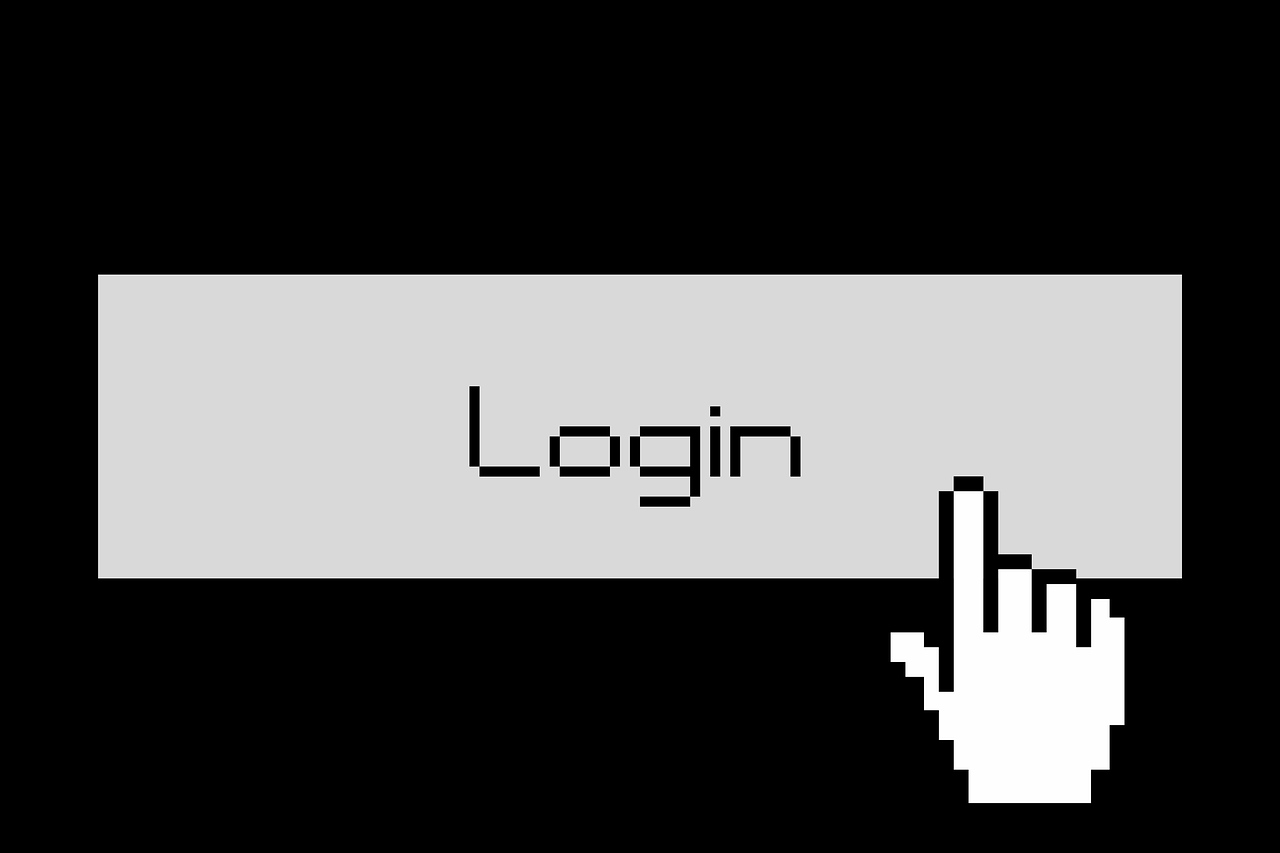Here, you will learn how to maximize security with minimal resources. In this post, I will give you a practical guide to privileged access management.
Privileged Access Management (PAM) plays a major role in protecting critical infrastructure and sensitive data. It’s essential for your defense against breaches, privilege misuse, and compliance failures — risks that hit organizations of all sizes.
Implementing PAM is critical, even for organizations on a tight budget. This article provides a step-by-step roadmap for maximizing security through PAM without straining your resources.
Table of Contents
Why PAM is critical for every organization?
Attackers often target privileged access for three simple reasons:
- It grants unrestricted control over critical systems and data.
- It’s often poorly monitored, with limited visibility into who has access to what.
- Privileged credentials are frequently shared or reused, making it hard to trace activity to a specific individual.
With hybrid IT, remote work, and cloud adoption, the number of privileged accounts has expanded, creating credential sprawl and increasing the attack surface. Without effective PAM, organizations risk facing data breaches, compliance violations, financial losses, and reputational damage.
“In the era of increasing regulatory pressure, reputational risk, and sophisticated adversaries, organizations can no longer afford to treat privileged access as an afterthought.”
The Cyber Guardian: PAM’s Role in Shaping Leadership Agendas for 2025
The good news? PAM doesn’t have to be expensive or complex. The following steps can help you implement strong controls with minimal operational load and resources.
Step 1. Gain full visibility of privileged accounts
You can’t defend what you can’t see. Many organizations are unaware of all privileged accounts in their environment, including dormant service accounts, legacy admin profiles, and hidden credentials embedded in scripts or applications.
These unmanaged accounts are easy targets for attackers. What can you do with that?
- Audit local, domain, service, application, and cloud admin accounts.
- Use automated discovery tools to find hidden, orphaned, or unused accounts.
- Map accounts to the systems they control and rank them by their risk profile.
- Identify default accounts on hardware, software, and IoT devices.
Step 2. Eliminate standing privileges
Permanent admin rights are dangerous — if an account gets compromised, attackers have unlimited access until it’s revoked. Just-in-time (JIT) privileged access reduces that risk by granting privileges only for the exact time needed to perform certain tasks within your systems.
To implement JIT PAM, you should:
- Require approval for privilege access attempts.
- Set strict time limits for temporary admin sessions.
- Configure automated revocation of access rights.
READ ALSO: Why Privilege Control Is Vital for Cybersecurity Success
Step 3. Centralize credential management
Scattered admin credentials make access control nearly impossible. By storing them in a secure vault, you can prevent password reuse and significantly improve auditability. Therefore, you should:
- Store all privileged credentials in a secure, encrypted vault.
- Enforce unique, complex passwords for every account and rotate them regularly.
- Require MFA for all privileged logins, especially remote or vendor access.
- Log every credential checkout, including who accessed it, when, and why.
Step 4. Enforce the principle of least privilege
Over-privileged accounts give attackers more ways to cause damage if compromised. Restricting permissions to the bare minimum significantly reduces risk. To follow the principle of least privilege, you may:
- Define role-based access control with pre-set permissions for each user.
- Regularly review and adjust privileges as user roles change.
- Apply least privilege to both human and machine accounts.
- Revoke privileged permissions as soon as an employee leaves the company, and remove unused accounts once you detect them.
Step 5. Monitor and record privileged sessions
Without visibility into how privileged users interact with your critical systems, you may not even know if credentials are being abused until it’s too late. Recording and monitoring sessions can help you detect, prevent, and investigate security incidents. To stop threats early, you need to:
- Monitor and record both remote and local privileged sessions (including on-screen activity, apps opened, URLs visited, etc.).
- Configure alerts for suspicious user activities, such as accessing sensitive endpoints outside business hours, launching prohibited apps, and inserting unauthorized USB devices.
- Retain logs and session recordings for audits and incident response activities.
Step 6. Automate routine PAM tasks
Small teams can’t manage every privileged account manually. Automation eliminates human error, ensures consistency, and frees up staff for higher-priority work. Here’s what you can automate:
- Password rotation after each use or on a set schedule.
- Provisioning/deprovisioning during user onboarding/offboarding.
- Generation of reports for audits.
- Revocation of access for unused accounts.
Step 7. Control third-party access
Vendors and contractors often need elevated privileges. If their accounts are compromised, your network becomes vulnerable as well. To minimize third-party risks, you should:
- Provide JIT privileged access tied to a specific task or maintenance window.
- Require MFA for every vendor login.
- Monitor vendor sessions in real time and record them.
- Terminate access immediately after the work is complete.
Step 8. Integrate PAM with existing tools
PAM works best when it’s part of a broader security ecosystem. Integrations help automate controls, centralize visibility, and reduce tool fatigue for administrators. You don’t need to start from scratch — link PAM to what you already use. You may integrate PAM tools with:
- SIEM for real-time alert correlation.
- ITSM/ticketing tools for approving and documenting access requests.
- IAM for unified identity governance.
Step 9. Engage and educate your people
Technology alone can’t solve privileged access risk. Negligence, password reuse, and credential sharing often undermine even the most advanced controls.
“The human element is both a potential risk and a critical line of defense, and effective PAM is about more than technology — it’s about trust, accountability, and culture.”
Syteca’s The Cyber Guardian: PAM’s Role in Shaping Leadership Agendas for 2025
Technology works best when users understand and support it. Without security awareness training sessions, employees may bypass security controls or fall victim to phishing. To prevent that, you may:
- Train admins and privileged users on least privilege and credential hygiene.
- Communicate the benefits of PAM to reduce resistance.
- Simplify request processes so users aren’t tempted to work around them.
- Educate employees about cybersecurity threats and how to spot them.
- Foster a culture of transparency where everyone can report anything unusual to the security team.
Choosing the right PAM tools to support your PAM strategy
Following the steps above gives you a framework, but the right toolset makes it practical. Even with limited budgets, prioritize capabilities that deliver the biggest security gains. Look for solutions that provide:
- Granular access controls to define exactly who can access what.
- Just-in-time access provisioning to provide privileges only for the required duration.
- Centralized secrets vaulting to store and rotate credentials securely.
- Privileged account discovery to automatically find unmanaged accounts.
- Real-time session monitoring to record user activity and terminate risky actions.
- Smooth integration to ensure compatibility with SIEM, IAM, and ITSM systems.
Final thoughts: Security doesn’t have to be complex
Organizations aiming to implement PAM with limited resources need to identify the riskiest accounts to secure, remove standing privileges, automate tasks with the right tools, and build a security-aware culture. By doing so, you’re not just protecting credentials — you’re reinforcing the culture of transparency and resilience.
The result? Fewer breaches, smoother audits, and stronger trust from customers and regulators — all without exhausting your budget or your people.
INTERESTING POSTS
- Insider Risk Management Fundamentals: 10 Best Security Practices for Implementation
- How To Run Command Prompt On Windows 11, 10, 8, 7, etc.
- Large scale attack campaign targets WordPress sites’ database credentials
- How Can I Record My Computer Screen Safely?
- How to Improve PDF Visibility
- How To Become A Certified Ethical Hacker
- How to Take Your First Step into Cybersecurity
About the Author:
Daniel Segun is the Founder and CEO of SecureBlitz Cybersecurity Media, with a background in Computer Science and Digital Marketing. When not writing, he's probably busy designing graphics or developing websites.










